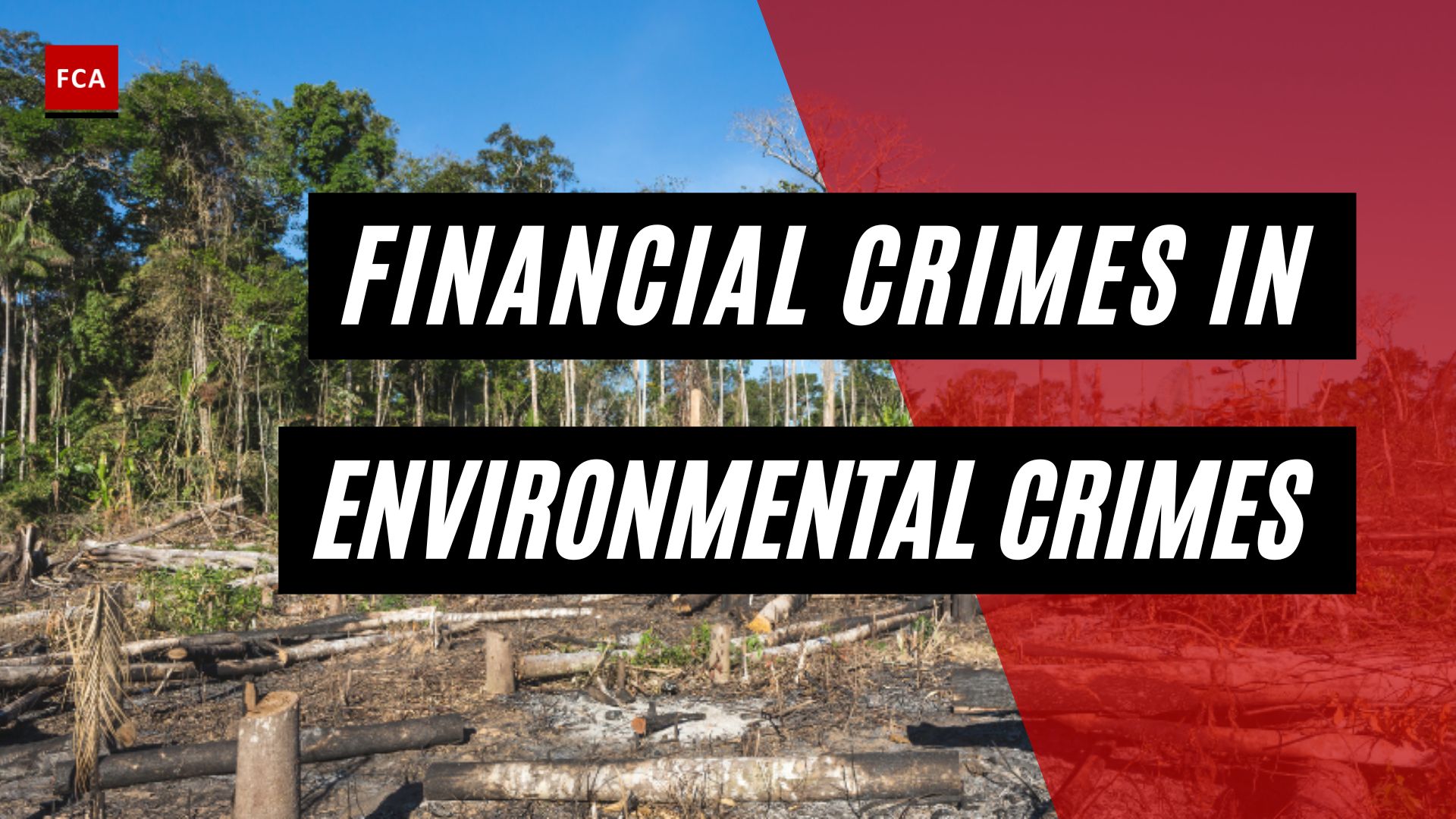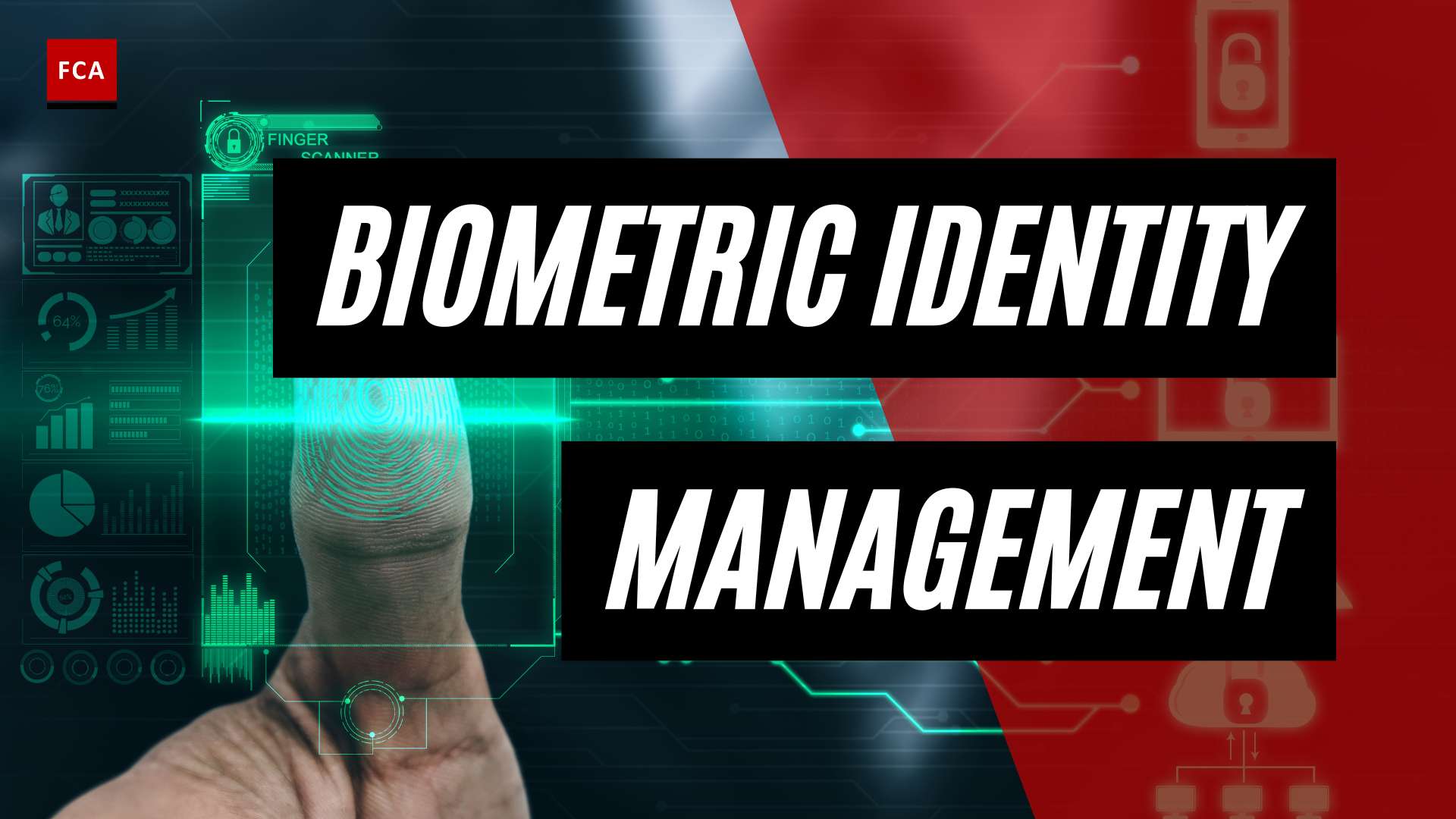Understanding OFAC Sanctions Compliance
To effectively navigate the complex landscape of international trade and financial transactions, it is crucial for businesses and financial institutions to have a solid understanding of OFAC (Office of Foreign Assets Control) regulations and the importance of compliance with OFAC sanctions.
Introduction to OFAC Regulations
OFAC is an agency of the U.S. Department of the Treasury that administers and enforces economic and trade sanctions based on U.S. foreign policy and national security goals. The primary objective of OFAC regulations is to prevent transactions with individuals, entities, and countries that pose a threat to U.S. interests. These sanctions can be imposed for various reasons, including terrorism, narcotics trafficking, proliferation of weapons of mass destruction, and human rights violations.
Compliance with OFAC regulations is essential for businesses operating globally to avoid severe penalties and reputational damage. OFAC maintains a comprehensive sanctions list that includes individuals, organizations, and countries subject to restrictions. It is crucial for businesses to regularly check this list and ensure that they do not engage in transactions with prohibited entities or countries.
Importance of Compliance with OFAC Sanctions
The consequences of non-compliance with OFAC sanctions can be severe. Financial institutions and businesses that fail to comply may face significant fines, reputational damage, and even criminal charges. Therefore, it is crucial to establish and maintain an effective OFAC compliance program.
An effective OFAC compliance program should include measures such as establishing internal controls for screening and reporting, conducting regular risk assessments, designating responsible personnel, implementing independent testing and compliance oversight, and providing training programs for relevant staff.
Financial institutions regulated by the New York Department of Financial Services (NYDFS) in the state of New York have specific requirements for sanctions screening programs. These requirements include board certification of compliance and the maintenance of a sanctions screening program designed to block transactions prohibited by OFAC. Effective governance, accountability, and oversight at senior levels within the institutions are crucial for ensuring compliance with OFAC regulations.
As part of a comprehensive risk management strategy, sanctions compliance measures should be integrated into a bank’s overall risk management process, including the AML (Anti-Money Laundering) risk assessment. This integration helps identify, measure, monitor, and control OFAC-related risk factors effectively. Conducting regular OFAC risk assessments allows businesses to assess their risk profile based on factors such as size, customer base, products and services, geographic locations, and transaction volume. These assessments provide a basis for determining risk management strategies and ensuring compliance with OFAC regulations.
By understanding and implementing proper OFAC sanctions compliance, businesses and financial institutions can mitigate risks, demonstrate their commitment to legal and ethical practices, and safeguard themselves against non-compliance penalties. It is crucial to stay updated on changes in OFAC regulations and utilize available resources, such as guidance from the Wolfsberg Group and OFAC’s website, to ensure a robust compliance program.
OFAC Risk Assessment
To ensure compliance with the Office of Foreign Assets Control (OFAC) sanctions, conducting an effective OFAC risk assessment is a critical step for organizations. This assessment helps identify and mitigate potential risks associated with engaging in prohibited activities or transactions.
Conducting an Effective OFAC Risk Assessment
Banks and other entities subject to OFAC regulations should conduct comprehensive risk assessments based on their unique circumstances. These risk assessments should take into account factors such as the size of the organization, customer base, types of products and services offered, geographic locations, and transaction volume. By considering these factors, organizations can determine their risk management strategies and allocate appropriate resources to compliance efforts (OFAC Treasury).
OFAC risk assessments should be conducted regularly and updated as needed to ensure that identified high-risk areas and OFAC-related risk factors remain current. It is crucial to focus on evolving threats and vulnerabilities to maintain an effective compliance program. By keeping the risk assessment up to date, organizations can adapt their compliance efforts to address emerging risks and changes in the regulatory landscape (OFAC Treasury).
Factors to Consider in OFAC Risk Assessments
When conducting an OFAC risk assessment, several factors should be taken into consideration. These factors inform the level of risk associated with an organization’s operations and help tailor risk management strategies accordingly. Here are some key factors to consider in OFAC risk assessments:
-
Geographic Location: Organizations operating in regions or countries subject to OFAC sanctions may face higher risks. Understanding the specific sanctions programs and prohibited countries is crucial to assess the associated risks (ofac prohibited countries).
-
Customer Base: The types of customers an organization serves can influence the level of risk. Assessing the potential for dealing with individuals or entities on the OFAC sanctions list is essential to identify compliance risks.
-
Products and Services: Different products and services may pose varying levels of risk. It is important to evaluate the potential for prohibited activities or transactions when offering specific financial products or services.
-
Transaction Volume and Size: The volume and size of transactions processed by an organization can impact the level of risk. Higher transaction volumes or large-value transactions may warrant enhanced due diligence and monitoring.
-
Compliance Program Sophistication: The effectiveness and sophistication of an organization’s compliance program play a crucial role in risk assessments. A robust OFAC compliance program can help mitigate risks and ensure adherence to regulatory requirements.
By considering these factors and tailoring the risk assessment to their specific circumstances, organizations can identify and prioritize high-risk areas. This allows for the development of risk management strategies that are commensurate with the level of OFAC-related risk (OFAC Treasury). To assist organizations in their risk assessment and compliance efforts, OFAC provides guidelines and resources on its website, which can be accessed to support the implementation of effective sanctions screening practices (Utilizing OFAC’s Website and Resources).
Conducting a thorough and ongoing OFAC risk assessment is crucial for organizations to meet their compliance obligations and mitigate the potential risks associated with engaging in prohibited activities. By understanding the factors that inform these assessments, organizations can develop effective risk management strategies and maintain a strong culture of compliance.
Challenges in OFAC Compliance
Complying with the Office of Foreign Assets Control (OFAC) regulations presents various challenges for organizations. Two key challenges in OFAC compliance include name matching and screening challenges, as well as the complexity of sectoral sanctions.
Name Matching and Screening Challenges
One of the primary challenges in OFAC compliance is effectively matching names against the OFAC sanctions list. The OFAC sanctions list includes individuals and entities subject to targeted sanctions, such as the Specially Designated Nationals and Blocked Persons (SDN) List. This involves comparing names of customers, clients, or business partners against the list to identify any potential matches. However, name matching can be complex due to variations in spellings, different name formats, and the inclusion of multiple names or aliases.
To address name matching challenges, organizations must implement robust screening processes and leverage advanced screening technologies. These technologies utilize algorithms and fuzzy logic to improve accuracy in matching names against the OFAC sanctions list. Regular updates to screening lists and continuous monitoring of changes on the OFAC list are essential to ensure up-to-date compliance.
Sectoral Sanctions and Compliance Complexity
Another challenge in OFAC compliance is the complexity associated with sectoral sanctions. Sectoral sanctions target specific sectors or industries in countries subject to sanctions, such as entities involved in the energy, defense, or financial sectors. Compliance with sectoral sanctions requires organizations to monitor and assess their business relationships to ensure they are not engaging in prohibited activities with entities in the sanctioned sectors.
The complexity arises from the need to identify entities that may be indirectly subject to sanctions. For example, organizations must determine if an entity is owned 50 percent or more by a sanctioned party under OFAC’s 50 Percent Rule. This requires conducting thorough due diligence and understanding complex ownership structures.
To address compliance complexity, organizations should develop a comprehensive understanding of sectoral sanctions and establish robust processes for conducting due diligence on business relationships. This may involve implementing enhanced Know Your Customer (KYC) procedures and conducting regular risk assessments to identify potential exposure to entities operating in sanctioned sectors.
By recognizing the challenges associated with OFAC compliance, organizations can proactively develop effective strategies and implement appropriate measures to mitigate risks. It is essential to stay informed about regulatory updates and seek guidance from reputable resources, such as the Wolfsberg Group and the OFAC website, to ensure a robust and compliant OFAC risk assessment and compliance program.
Key Components of an Effective OFAC Compliance Program
To ensure compliance with Office of Foreign Assets Control (OFAC) sanctions, it is crucial for organizations to establish a robust OFAC compliance program. This program should incorporate various key components, including the establishment of internal controls for screening and reporting, as well as independent testing and compliance oversight.
Establishing Internal Controls for Screening and Reporting
To effectively manage OFAC compliance, organizations must implement internal controls that facilitate accurate and efficient screening and reporting processes. These internal controls should be tailored to the organization’s specific risk profile and should address the following areas:
-
Risk Assessment: Conducting a comprehensive OFAC risk assessment is essential to identify and understand the organization’s exposure to OFAC-related risks. This assessment helps in determining the appropriate level of scrutiny required for screening and reporting processes.
-
Policies and Procedures: Developing and implementing clear and concise OFAC compliance policies and procedures is crucial. These documents should outline the organization’s commitment to complying with OFAC regulations and provide guidance on the screening and reporting processes. Regularly reviewing and updating these policies and procedures is necessary to keep up with evolving regulatory requirements.
-
Screening Process: Implementing an effective OFAC screening process is vital for identifying and flagging individuals, entities, and countries on the OFAC sanctions list. Organizations should utilize reliable screening technology and regularly update their screening lists to ensure accurate and up-to-date results.
-
Data Integrity: Maintaining data integrity is critical to the success of OFAC compliance programs. Organizations must ensure the accuracy and completeness of data used for screening and reporting purposes. Regular data validation and quality control checks should be performed to minimize errors and false positives.
-
Training and Awareness: Providing comprehensive OFAC compliance training to relevant personnel is essential for fostering a culture of compliance within the organization. Training programs should cover OFAC regulations, internal policies, and procedures, as well as the proper use of screening tools and reporting mechanisms.
Independent Testing and Compliance Oversight
To enhance the effectiveness of an OFAC compliance program, organizations should establish mechanisms for independent testing and compliance oversight. This ensures that the program is functioning as intended and identifies any gaps or deficiencies that require remediation. The following elements are crucial for effective independent testing and compliance oversight:
-
Independent Audits: Conducting periodic independent audits of the OFAC compliance program allows for an objective evaluation of its effectiveness. These audits should be conducted by internal or external auditors with expertise in OFAC regulations and compliance best practices.
-
Compliance Oversight: Designating responsible individuals or teams within the organization to oversee and monitor the OFAC compliance program is essential. These individuals should have the authority and resources to enforce compliance policies, address issues, and provide guidance to the organization.
-
Reporting Mechanisms: Establishing clear reporting mechanisms for potential OFAC violations or concerns enables employees to report any suspicious activities or compliance issues without fear of retaliation. Whistleblower protections should be in place to encourage reporting and ensure that appropriate actions are taken.
By implementing these key components, organizations can establish a strong foundation for an effective OFAC compliance program. Regular monitoring, updating, and testing of the program are necessary to adapt to regulatory changes and evolving risks. Organizations should also leverage additional resources and guidance available from OFAC, such as their official website and the Wolfsberg Group’s guidance on sanctions screening, to enhance their understanding and implementation of OFAC compliance requirements.
Enforcement Actions and Penalties
When it comes to compliance with OFAC sanctions, the consequences of sanctions screening failures can be significant. Both financial and non-financial entities have faced penalties and enforcement actions for non-compliance with OFAC regulations. It is crucial for organizations to understand the potential ramifications of sanctions screening failures and the enforcement mechanisms put in place.
Consequences of Sanctions Screening Failures
Sanctions screening failures can result in severe consequences for organizations. These failures may occur due to various reasons, including issues with the configuration of sanctions screening software, such as using outdated screening lists and incomplete data screening (Global Investigations Review). The Office of Foreign Assets Control (OFAC) and other regulatory bodies closely monitor compliance with sanctions requirements, and violations can lead to enforcement actions and penalties.
Financial and reputational damage is one of the primary consequences of sanctions screening failures. Non-compliance may result in substantial fines, impacting an organization’s financial stability. Additionally, organizations may face reputational harm, loss of business relationships, and damage to their brand image. Consequently, it is crucial for organizations to prioritize robust risk assessment and compliance programs to mitigate the risk of sanctions screening failures.
Understanding Civil Penalties and Enforcement
Civil penalties are one of the enforcement mechanisms employed by OFAC to ensure compliance with sanctions regulations. The fines for violating OFAC regulations can be substantial, and civil penalties can potentially exceed several million dollars. The specific penalties vary depending on the sanctions program, and there are annual adjustments mandated by the Federal Civil Penalty Inflation Adjustment Act of 1990, as amended by the Federal Civil Penalty Inflation Adjustment Act Improvements Act of 2015 (OFAC FAQs).
Financial institutions regulated by the New York Department of Financial Services (NYDFS) in the state of New York have additional requirements for sanctions screening programs. These include board certification of compliance and the maintenance of a sanctions screening program designed to block transactions prohibited by OFAC. Enforcement actions in this context focus on ensuring effective governance, accountability, and oversight at senior levels within the institutions (Global Investigations Review).
To stay updated on current civil penalties and enforcement actions, organizations can refer to the official website of OFAC. The website provides information on civil penalties and enforcement, including a Civil Penalties Information Chart for the latest data (OFAC).
Understanding the consequences of sanctions screening failures and the enforcement mechanisms in place can help organizations develop effective compliance programs. By prioritizing robust internal controls, independent testing, and compliance oversight, organizations can minimize the risk of non-compliance and ensure adherence to OFAC regulations. It is essential to stay informed about the latest guidelines and resources provided by OFAC, such as the Wolfsberg Group Guidance on Sanctions Screening, and utilize them to strengthen sanctions compliance efforts.
Guidelines and Resources for Successful Sanctions Screening
To ensure successful sanctions screening and compliance with OFAC regulations, it is essential for organizations to have access to relevant guidelines and resources. This section highlights two key sources that can assist professionals in effectively navigating the complexities of sanctions screening: the Wolfsberg Group guidance and the resources provided by the Office of Foreign Assets Control (OFAC).
Wolfsberg Group Guidance on Sanctions Screening
The Wolfsberg Group, an association of global banks, published ‘Guidance on Sanctions Screening’ in 2019, providing valuable insights and recommendations for implementing effective sanctions screening practices (Global Investigations Review). The guidance emphasizes the importance of key functions such as policies, responsible personnel, risk assessment, internal controls, and testing in supporting successful sanctions screening.
Some of the key topics covered in the Wolfsberg Group guidance include:
- Sanctions alerts: Understanding and effectively managing alerts generated during the screening process.
- Metrics and reporting: Developing appropriate measures and reporting mechanisms to monitor the effectiveness of the sanctions screening program.
- Independent testing and validation: Conducting periodic independent testing to ensure the accuracy and efficiency of the screening process.
- Data integrity: Ensuring the integrity and quality of data used for sanctions screening.
- Selection of screening technology: Criteria for selecting appropriate screening technology and tools.
By referring to the Wolfsberg Group guidance, organizations can gain valuable insights into industry best practices and enhance their sanctions screening processes.
Utilizing OFAC’s Website and Resources
The Office of Foreign Assets Control (OFAC) regularly updates its website with alerts, guidance, and resources related to sanctions and compliance measures (OFAC – U.S. Department of the Treasury). This official source provides a wealth of information that can assist professionals in understanding and implementing OFAC regulations effectively.
Organizations can leverage OFAC’s website and resources for various purposes, including:
- Staying informed about the latest developments in sanctions programs and prohibited entities or countries.
- Accessing OFAC’s sanctions list to ensure comprehensive screening.
- Gaining insights into the specific compliance requirements and framework set forth by OFAC.
- Understanding the consequences of non-compliance, including civil penalties and enforcement actions.
- Exploring OFAC’s compliance checklist and compliance program guidelines to establish robust internal controls.
By utilizing the resources provided by OFAC, professionals can enhance their knowledge of OFAC regulations and strengthen their sanctions screening processes, thereby mitigating the risk of non-compliance.
As compliance, risk management, and anti-financial crime professionals, it is crucial to stay updated with the latest guidance and resources available from industry associations like the Wolfsberg Group and regulatory bodies like OFAC. These resources can serve as valuable references in designing, implementing, and maintaining effective sanctions screening programs that align with regulatory requirements and best practices.
OFAC Risk Assessment
To ensure compliance with the Office of Foreign Assets Control (OFAC) regulations, it is essential for organizations to conduct an effective OFAC risk assessment. This process involves evaluating the potential risks associated with transactions and business activities that may be subject to OFAC sanctions. By understanding and mitigating these risks, organizations can avoid penalties and maintain a strong compliance program.
Conducting an Effective OFAC Risk Assessment
An effective OFAC risk assessment should be tailored to the specific circumstances of the organization and consider any unique risks associated with its operations. Factors that should inform the risk assessment include the geographic location of the organization, its customer base, the products and services offered, the delivery channels used, the volume and size of transactions, and the sophistication of the organization’s compliance program.
The risk assessment should be conducted regularly and updated as needed to ensure that the identification of high-risk areas and OFAC-related risk factors remains current. It is crucial to focus on evolving threats and vulnerabilities in order to effectively manage OFAC-related risks (OFAC Treasury).
Factors to Consider in OFAC Risk Assessments
When conducting an OFAC risk assessment, there are several factors that organizations should consider. These factors help organizations understand and evaluate the level of risk associated with their operations. Some of the key factors to consider include:
-
Geographic Location: Organizations should assess whether they operate in or have business relationships with countries or regions that are subject to OFAC sanctions. It is important to be aware of the OFAC prohibited countries and the specific sanctions programs that may apply.
-
Customer Base: The composition of an organization’s customer base can impact its level of OFAC risk. Organizations should determine if they have customers or counterparties who may be subject to OFAC sanctions, such as individuals or entities on the OFAC sanctions list.
-
Products and Services Offered: The nature of the products and services provided by an organization can influence its OFAC risk. Certain industries, such as financial institutions, may face higher levels of risk due to the potential for illicit financial transactions.
-
Delivery Channels: Organizations should assess the different channels through which their products or services are delivered. This includes online platforms, international shipping, and other methods that may pose unique risks.
-
Transaction Volume and Size: The volume and size of transactions processed by an organization can impact its exposure to OFAC risk. High transaction volumes or large-value transactions may warrant additional scrutiny.
-
Compliance Program Sophistication: The effectiveness and sophistication of an organization’s compliance program play a crucial role in managing OFAC-related risks. Organizations with robust compliance frameworks and controls are better equipped to identify and mitigate potential risks (OFAC Treasury).
By considering these factors, organizations can conduct a thorough OFAC risk assessment and implement appropriate risk management strategies. It is important to document the assessment process and regularly review and update the assessment to reflect any changes in the organization’s risk profile.
For organizations seeking guidance on implementing a comprehensive compliance program, refer to our article on OFAC compliance program. Additionally, the OFAC website provides valuable resources and information to support organizations in their efforts to comply with OFAC regulations.









